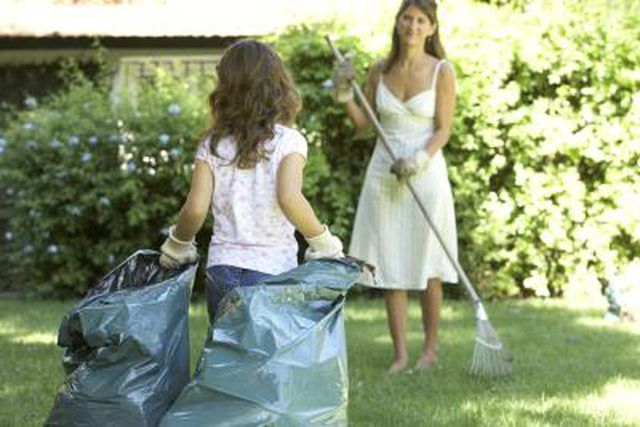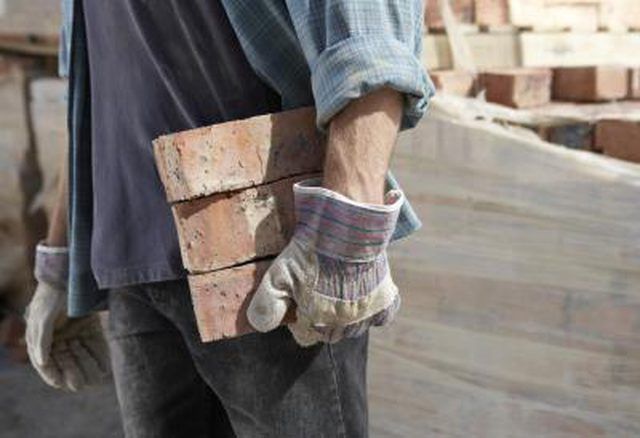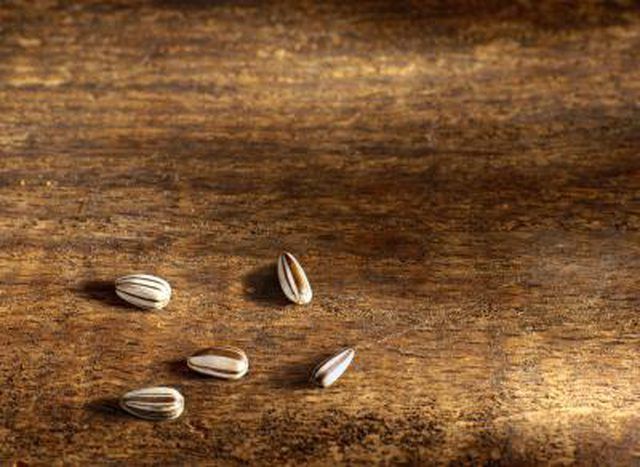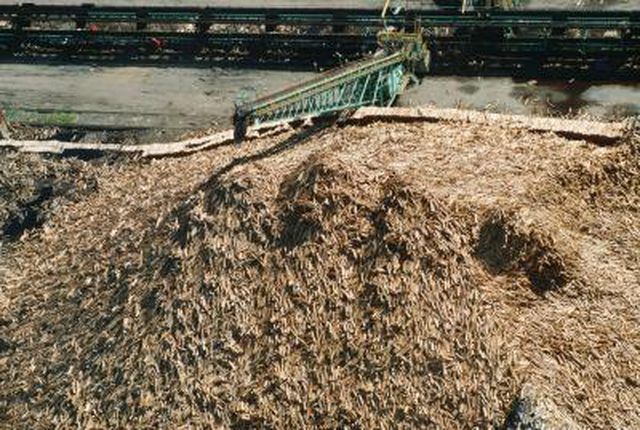Bulbs
Flower Basics
Flower Beds & Specialty Gardens
Flower Garden
Garden Furniture
Garden Gnomes
Garden Seeds
Garden Sheds
Garden Statues
Garden Tools & Supplies
Gardening Basics
Green & Organic
Groundcovers & Vines
Growing Annuals
Growing Basil
Growing Beans
Growing Berries
Growing Blueberries
Growing Cactus
Growing Corn
Growing Cotton
Growing Edibles
Growing Flowers
Growing Garlic
Growing Grapes
Growing Grass
Growing Herbs
Growing Jasmine
Growing Mint
Growing Mushrooms
Orchids
Growing Peanuts
Growing Perennials
Growing Plants
Growing Rosemary
Growing Roses
Growing Strawberries
Growing Sunflowers
Growing Thyme
Growing Tomatoes
Growing Tulips
Growing Vegetables
Herb Basics
Herb Garden
Indoor Growing
Landscaping Basics
Landscaping Patios
Landscaping Plants
Landscaping Shrubs
Landscaping Trees
Landscaping Walks & Pathways
Lawn Basics
Lawn Maintenance
Lawn Mowers
Lawn Ornaments
Lawn Planting
Lawn Tools
Outdoor Growing
Overall Landscape Planning
Pests, Weeds & Problems
Plant Basics
Rock Garden
Rose Garden
Shrubs
Soil
Specialty Gardens
Trees
Vegetable Garden
Yard Maintenance
How to Landscape a Backyard With a Slope on a Very Small Budget
How to Landscape a Backyard With a Slope on a Very Small Budget. Landscaping on a slope has its challenges: erosion, restricted plant choi,ces and wash-outs to name just a few. It can be done on a small budget, as long as you understand which steps are vital and not to be skimped on. Knowing where to spend your money and where to save is the first...
Landscaping on a slope has its challenges: erosion, restricted plant choi,ces and wash-outs to name just a few. It can be done on a small budget, as long as you understand which steps are vital and not to be skimped on. Knowing where to spend your money and where to save is the first step to a successful low-budget landscape. A concrete plan will help save money in the long run. One of the first ways to save money is to design the landscape yourself. The plan does not have to be elaborate but should take into consideration the site’s exposure, moisture, soil type and degree of slope.

Things You'll Need
Landscape plan
Coir erosion fabric and staples
Recycled logs, bricks or rocks
Seeds
Small plant starts
Pine straw
Step 1
Stabilize the slope, or you will lose money when plant material and topsoil wash away. Coir erosion fabric can be expensive, but it is effective, holding ground and mulch until plants become established. Terrace the slope to help save water by slowing runoff and permitting more water to soak in. Recycle discarded logs, bricks and stones by building soil retaining berms on your hill, either along your terraces or to build a soil base around plantings. Use heavy gravel and strategically placed stones in your terrace to help slow the flow of water. These terraces can do double duty as garden paths if you make them wide enough.

Step 2
Buy young material or start from seeds to help offset costs. Many plants will grow quickly. If you are able, invest a little extra in larger evergreens and specimen plants. Evergreens can be very slow growers, and a great specimen will really make your landscape stand out. Choose native grasses and perennials that will reseed and help fill space as they naturalize.

Step 3
Choose mulch appropriate for your degree of slope. Homemade organic mulches will help after establishment of plant material but are very light and float. Wood mulch will usually wash away with the rain, while rubber and rock are expensive. Pine straw is the least expensive mulch that will hold as long as it is applied to a depth of 4 inches.
